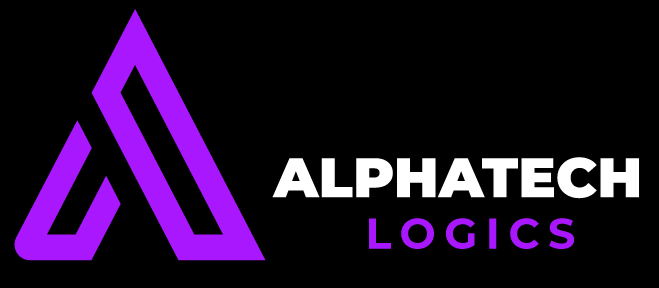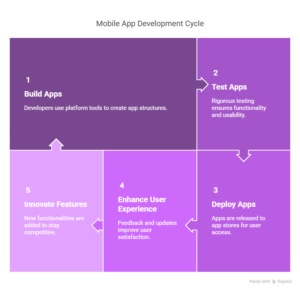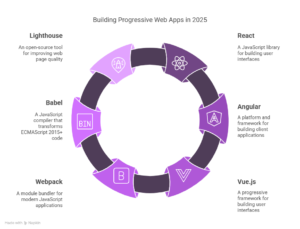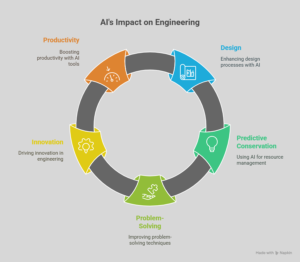IoT Testing in 2025 – Tools, Practices, and Challenges
Introduction
The Internet of Things (IoT) continues to transform industries by connecting devices, enabling automation, and improving efficiency. However, ensuring the security, performance, and functionality of IoT systems requires robust testing strategies. As IoT ecosystems grow more complex in 2025, testing methodologies must evolve to address emerging challenges. This article explores key IoT testing tools, best practices, and challenges faced in 2025.
Key IoT Testing Tools in 2025
- Katalon Studio
- Provides automated testing for IoT applications with AI-driven insights.
- Supports integration with cloud platforms and edge computing environments.
- Wireshark
- Monitors network traffic to identify vulnerabilities and performance issues.
- Essential for security and compliance testing.
- JMeter
- Used for load and performance testing of IoT devices and networks.
- Supports MQTT, HTTP, and WebSockets protocols for IoT communication.
- Postman
- Helps test APIs used in IoT applications.
- Enables automated and manual API validation.
- IoTIFY
- Cloud-based IoT simulation platform.
- Enables testing of scalability, security, and interoperability.
- Shodan
- Scans connected IoT devices for security vulnerabilities.
- Identifies exposed endpoints and misconfigurations.
- Eggplant
- AI-driven automated testing tool for IoT systems.
- Supports end-to-end functional and usability testing.
Best Practices for IoT Testing in 2025
1. Security Testing
- Perform penetration testing to identify vulnerabilities.
- Implement encryption and authentication mechanisms.
- Validate firmware integrity and update mechanisms.
2. Performance and Load Testing
- Test device responsiveness under varying loads.
- Simulate network conditions like latency, packet loss, and bandwidth limitations.
3. Interoperability Testing
- Validate seamless communication across different protocols (MQTT, CoAP, HTTP, etc.).
- Ensure compatibility between IoT devices, cloud platforms, and edge computing environments.
4. Functional Testing
- Verify core functionalities of IoT devices and applications.
- Conduct regression testing for software and firmware updates.
5. Usability Testing
- Ensure intuitive user interfaces and interactions.
- Test for accessibility and ease of use in different environments.
6. Compliance Testing
- Validate adherence to industry standards like ISO/IEC 30141, GDPR, and NIST guidelines.
- Ensure regulatory compliance for data privacy and security.
Challenges in IoT Testing in 2025
1. Complexity of IoT Ecosystem
- Diverse hardware, software, and communication protocols make testing more intricate.
- Edge computing and AI-driven analytics add further layers of complexity.
2. Security Vulnerabilities
- IoT devices remain prime targets for cyberattacks.
- Ensuring end-to-end encryption and secure authentication is critical but challenging.
3. Scalability Issues
- Testing thousands of interconnected devices in real-time environments requires advanced simulation tools.
- Cloud-based testing solutions help but require robust infrastructure.
4. Network Variability
- IoT devices operate in diverse network conditions (Wi-Fi, 5G, LPWAN, etc.).
- Ensuring consistent performance across different networks is challenging.
5. Firmware and Software Updates
- Frequent updates require continuous testing to prevent failures.
- Compatibility issues may arise between old and new firmware versions.
Conclusion
IoT testing in 2025 demands a combination of advanced tools, best practices, and continuous innovation. Security, scalability, and interoperability remain top priorities as IoT networks expand. By adopting AI-driven testing solutions, automation frameworks, and robust security measures, organizations can ensure the reliability and efficiency of their IoT systems. As technology advances, IoT testing will continue to evolve, shaping a more connected and secure future.





